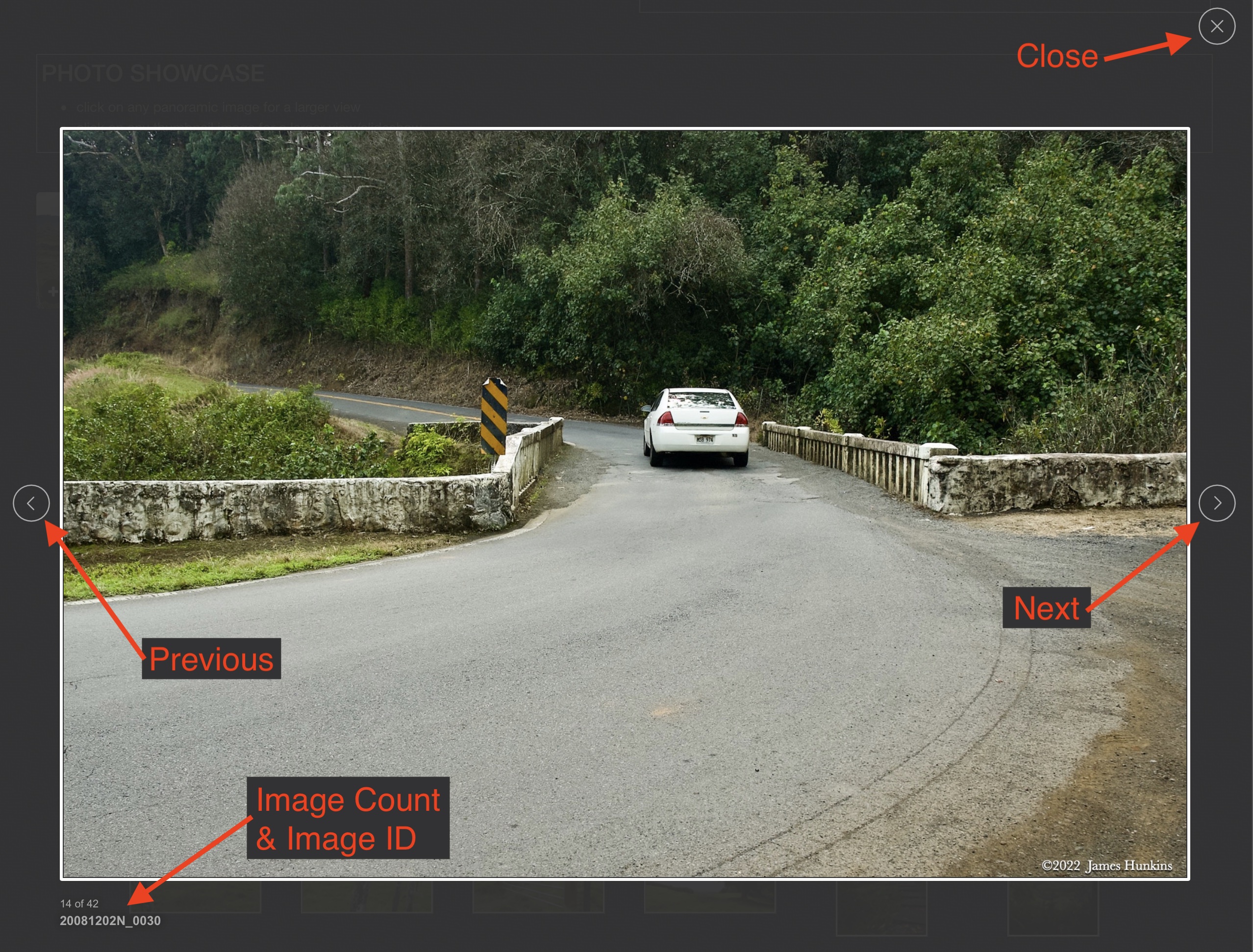Hawaii 2022
Maui - Haleakalã
DAY 5 : THURSDAY May 12, 2022
The only thing negative about our hotel was its location which added one to two hours to any drives to the major points of interest for the island. But the place was so nice, it more than compensated.
For this day, it was clear that I had been driving everyone pretty hard to see and do things. And it turned out that my companions were true beach people :) I kind of knew that about my little sister and her husband as they have gone to Mexico resorts quite often.
I personally still wanted to go back up to Haleakala and do some hiking. So my buddy Charles agreed to drive up with me while everyone else stayed behind and just relaxed and enjoyed the area (by the way, this western side of the islands is very dry - perfect for beach weather).
The two of us headed out for the long drive up to the summit of Haleakala. Unlike Mauna Kea, we were able to drive all the way to the top which goes from sea level up to 3,055 m (10,023 ft). It is quite a drive starting in the grasslands at sea level, then up through wet forests and grasses before merging into dryer scrub. At that point the road started switchbacking up through the cloud layer. The road is well maintained and easy to drive - just not fast.
Since my last visit, Haleakala has been turned into a national park. This allows for better funding to preserve the unique plant and animal life, maintain the roads and visitor centers, etc. It doesn’t cost much and one can get a National Park pass for all the islands which is very convenient.
The Haleakala crater is not actually a volcanic caldera. It is probably a collapsed valley between two volcanic peaks. But you wouldn’t know that when you look at it. Viewing down into it, the colors are amazing and cinder cones are scattered throughout. The ‘depression’ is huge being 11.25 km (7 mi) across. 3.2 km (2 mi) wide and nearly 800 m (2,600 ft) deep. Its side walls are steep and the interior is mostly barren. To me it looks like it could actually be Mars. Haleakala is probably just dormant so still can erupt. Its last eruption was likely between 1480 and 1600. But clearly it is a lot less active than the volcanoes on the big island.
As to the hike, when we got to the top, windy was an understatement! It would be very easy to have your car door slammed into you if you didn’t hold onto it. The trade winds at that height are going strong and have nothing near it to divert or block them.
Charles decided to stay on top and take it easy while I took off down the Sliding Sands Trail for a short hike. On my last visit I went to the first cinder cone off the trail but that has been blocked off to restore the area (it was vastly over hiked). Instead I passed the side trail to that cinder cone, while totally enjoying the additional views (the orange on the map is where I hiked). One can do major hikes in the area with connections along the road. There are some huts which can be reserved for a night (that would be amazing and the star, sunrise/sunset - wow!). No water, etc. so everything is carried in and out which would just add to the experience. Perhaps on a future trip I might give it a try.
After I got back to the top, Charles and I headed back to the hotel. We joined everyone at a fun little Hawaiian bar just a short ways from our hotel for dinner. This might have become our favorite place to eat even compared to the two fancy meals we had on the big island. It appears no one in our group is much into fancy and are more comfortable with down to earth fun (and the food, drinks and staff were all great).
PHOTO SHOWCASE
- click on any panoramic image for a larger view
- click on any thumbnail image for a larger view/slideshow




The trail to the cinder cone on the left (had visited it in 2008) is now closed for restoration of habitat












































